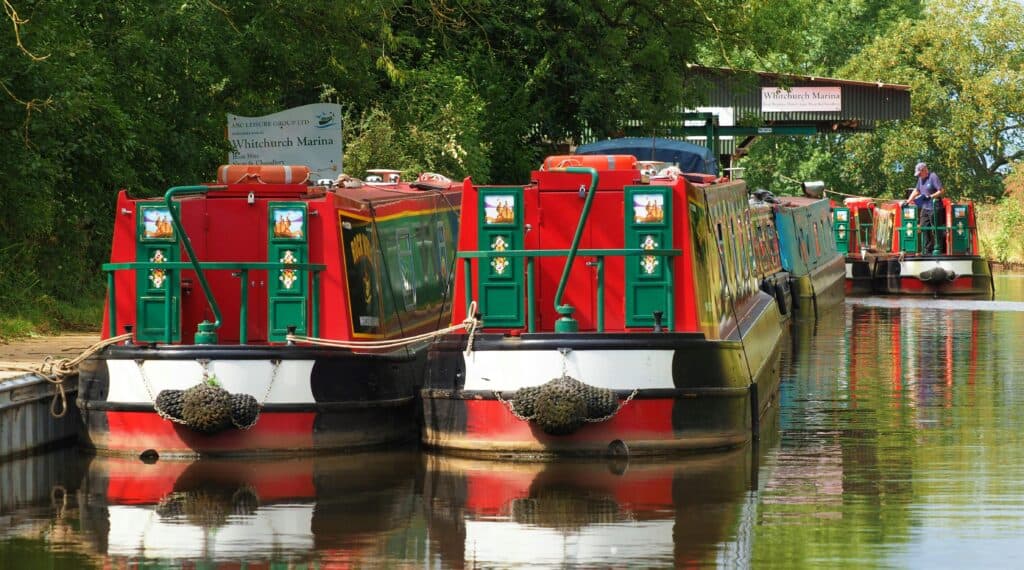Buying a narrowboat is an exciting step, whether it’s for leisure cruising on the UK’s inland waterways or as a liveaboard home. But before you hand over any money, a professional narrowboat survey is essential. These boats may look charming and sturdy, but the condition of the hull can make the difference between years of happy boating and costly repair bills.
Why a Narrowboat Survey Is Essential
Unlike GRP (fibreglass) yachts, most narrowboats are built from steel. Over time, steel is vulnerable to corrosion and thinning, especially if the boat hasn’t been well maintained. A narrowboat survey gives you an independent assessment of the vessel’s condition, highlighting any issues with the hull, systems, or structure before you commit to buying.
It’s also often required by insurers and lenders before a policy or loan can be approved.
What a Narrowboat Survey Covers
A narrowboat pre-purchase survey typically includes:
- Ultrasonic hull thickness testing – The key part of any narrowboat survey. Using specialist equipment, we measure the steel thickness at multiple points below the waterline to check thickness, corrosion and pitting.
- Inspection of blacking – The bitumen or epoxy coating that protects the hull. We assess the condition and coverage of the blacking and advise if it’s due for renewal.
- Visual inspection of topsides and superstructure – Checking for signs of corrosion, poorly done repairs, or water ingress.
- Hull fittings and stern gear – Including weed hatch, anodes, prop shaft, rudder, tiller and bearings.
- Internal checks – A walk-through to assess signs of damp, rot, or structural movement.
- Engine & systems overview – A basic check of the engine installation, batteries, fuel system and plumbing (Note: not a full mechanical survey unless arranged).
The result is a comprehensive report highlighting both current issues and potential future maintenance needs.
Why Steel Thickness Matters
Steel is tough, but it does wear down. When a narrowboat is first built, the baseplate and hull sides are usually 10/6/4mm thick (base/sides/top). Over time, this can reduce due to corrosion—especially below the waterline.
- If hull thickness falls below safe limits (typically under 4mm), insurance and safety certification may be affected.
- Excessive pitting can lead to localised weakness, leaks, or even hull failure.
- Plate welding or overplating may be needed, which can be costly.
Knowing the steel condition allows you to make an informed decision—and negotiate the purchase price if necessary.
What About Blacking?
Blacking is the protective coating that prevents corrosion. Most narrowboats are blacked every 2–3 years if Bitumen, Epoxy lasts longer. During the survey, we assess:
- Whether the coating is bitumen or epoxy
- How well it’s adhered to the hull
- If there’s visible steel beneath or signs of deterioration
- Whether any sections are flaking, blistered or missing entirely
Poor blacking = faster corrosion. Our report will let you know when it should be done next.
When & Where Surveys Are Done
Most narrowboat surveys are done out of the water, typically while the boat is in dry dock or on a slipway. The surveyor will need clear access to the hull, so it’s essential to coordinate with the marina or yard ahead of time.
We work closely with boatyards across the UK and can help arrange the lift-out or docking as part of your survey process.
What You Will Get
After the survey, you’ll receive:
- A detailed PDF report with images and measurements
- Steel thickness readings with a clear map of test points
- Notes on blacking, anodes, fittings, and any areas of concern
- Practical advice for future maintenance or repairs
- Optional verbal debrief on-site
Thinking of Buying a Narrowboat?
Don’t leave it to chance. A professional survey is your best defence against unexpected costs—and can save you thousands in the long run.
👉 Get an Instant Online Quote Today
